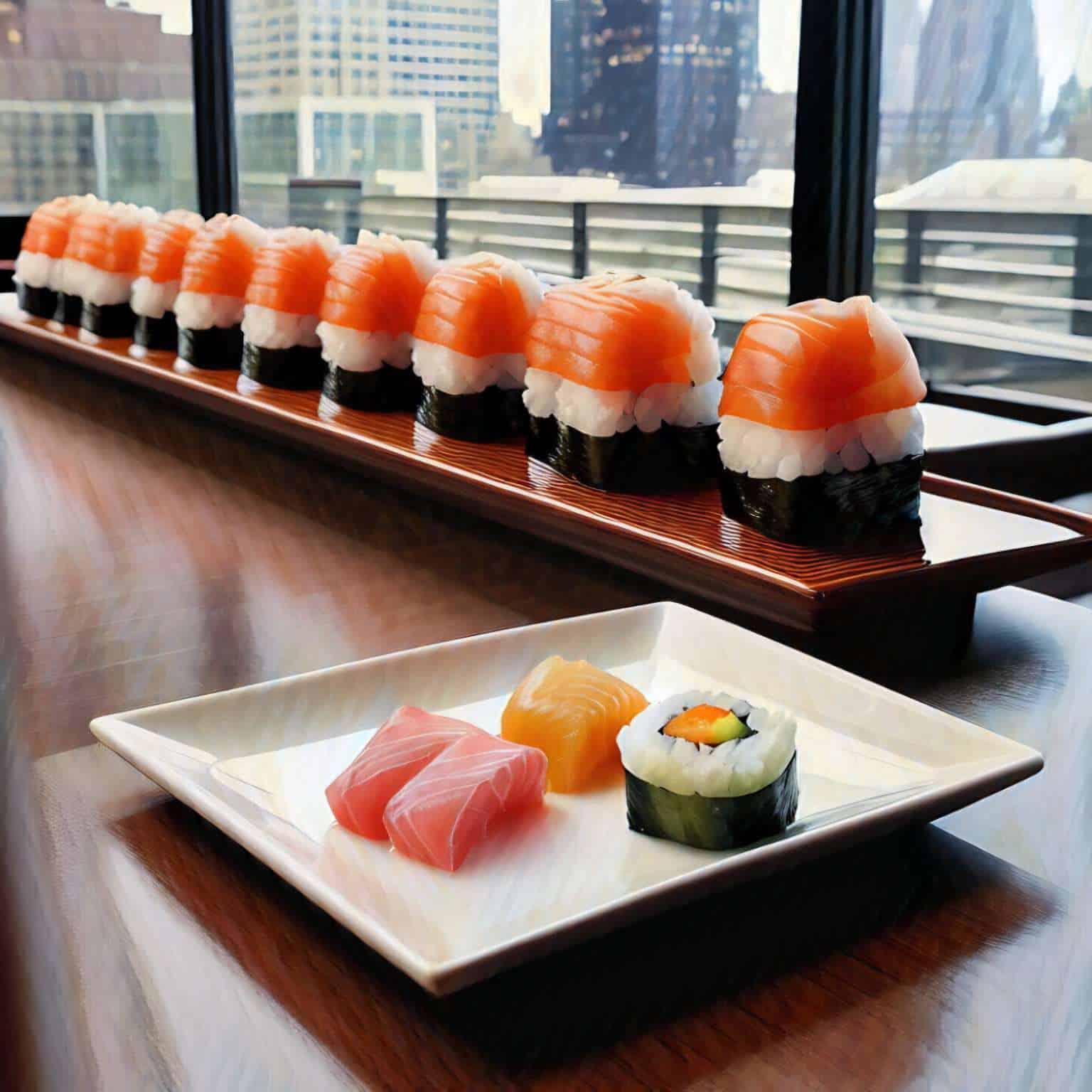Business Description: Kura Sushi USA, Inc (KRUS). operates revolving sushi bar restaurants in the United States. The company’s restaurants offer Japanese cuisine and a revolving sushi service model. It operates 24 restaurants in five states. – TIKR.com
The Thesis: KRUS is a patent protected, technology-first sushi restaurant. The company offers high quality sushi at low prices thanks to robotic rice makers, automated dishwashers and a conveyor-belt delivery system. Such technology enables KRUS to offer lower prices while maintaining strong operating margins. KRUS flies under-the-radar of most investors IPOing around $150M. Its parent company has over 30 years of success in Japan. We think KRUS can grow into a 300-store empire generating $50M in annual FCF.
Unique Dining Experience: KRUS is unlike any other sushi restaurant in the US. The food comes to your booth via a conveyor belt. There’s no waiters/waitresses to take your order. Everything’s done at your booth via monitors. Diners also receive in-restaurant rewards like prizes for ordering 15 plates of sushi. There’s also a mobile app to track your Kura rewards ($5 coupon when you spend $50, etc.). When you’re done eating, simply deposit each plate into the installed plate disposal mechanism at your table. Each plate travels into an automated dishwashing system, removing the need for bus-boys and additional staff.
Technology-First Restaurant: We know about the conveyor belt, rice makers and automated dishwashing systems. But there’s two other facets to KRUS technology that give it an edge. First, each plate of sushi has its own unique barcode. The dishwashing system scans the plate and records which type of sushi you ate. This data allows chefs/rice markers to optimize how much of each type of sushi to produce.
Second, KRUS has patented technology on Mr. Fresh, their conveyor belt sushi delivery system. Mr. Fresh is a dome that covers each plate of rotating sushi (the sushi you don’t specifically order). Each dome has an embedded chip that alerts the kitchen when a customer takes the sushi. It also monitors how much time that plate has spent on the belt (keeping items fresh).
What’s It Worth: There’s a few main drivers to increase per-share value: annual store growth, gross margin expansion and cap-ex % reduction. Using its parent company as a proxy, steady-state KRUS would generate 40% gross margins, 5% operating margins and ~6% FCF margins. Assuming 20% annual store growth, we end 2024 with $160M in revenue, $64M in gross profit, $8M in operating income and $9M in FCF. Let’s review what shareholder value would look like under three scenarios (bold = higher than current market cap):











